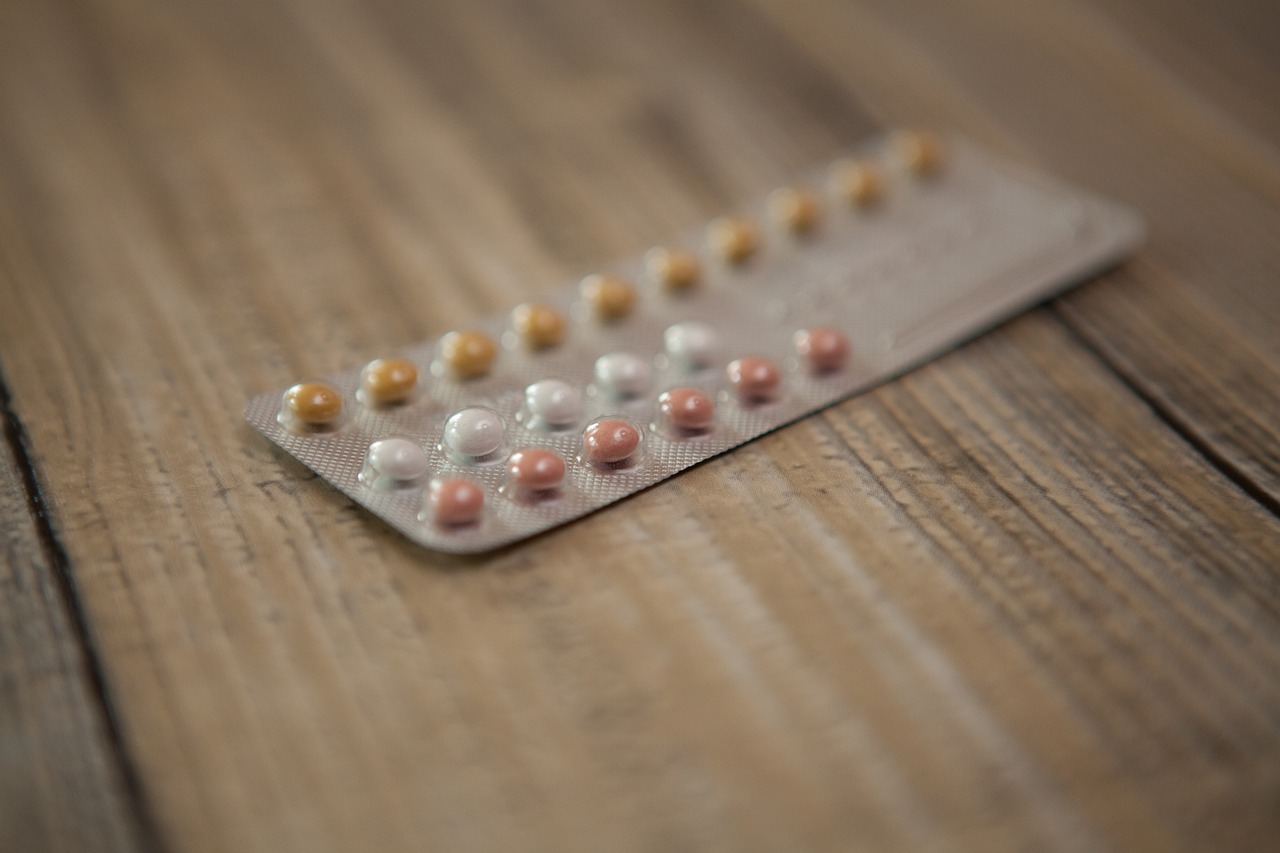Introduction: Hormones and Dystonia
Cervical dystonia, a movement disorder characterized by involuntary muscle contractions in the neck, disproportionately affects women. While it can occur at any age, it’s most common in individuals between 40 and 60 years old. Emerging research suggests that reproductive hormones like estrogen and progesterone may play a crucial role in this imbalance within the nervous system.
Often, female patients with cervical dystonia experience amenorrhea (the absence of menstruation), difficulties becoming pregnant, and early onset of menopause, which highlights the intricate relationship between reproductive hormones and dystonia. While the condition impacts the reproductive system, hormonal fluctuations during menstruation, pregnancy, or menopause can also exacerbate symptoms in some affected individuals.
Hormonal Fluctuations During the Menstrual Cycle and Their Impact on Dystonia
Understanding the hormonal ebbs and flows throughout the menstrual cycle is crucial when considering the neurological implications for conditions like cervical dystonia. The cycle is typically divided into several phases, each characterized by varying levels of estrogen and progesterone.
Menstrual Phase (Days 1-5)
The cycle begins with the menstrual phase, where hormone levels are at their lowest. Estrogen and progesterone levels drop, signaling the body to shed the uterine lining, resulting in menstruation.
Follicular Phase (Days 1-13)
As menstruation ends, the follicular phase starts, and estrogen begins to rise, peaking just before ovulation. This hormone stimulates the lining of the uterus to rebuild and also triggers the maturation of an egg for ovulation. For some women with dystonia, this phase can bring a temporary respite from symptoms.
Ovulation (Day 14)
Ovulation marks the release of an egg from the ovary, prompted by a surge in luteinizing hormone (LH) and follicle-stimulating hormone (FSH). Estrogen levels are high, and there’s a brief spike in progesterone. The interaction of high estrogen levels with the dopaminergic system may influence dystonia symptoms during this phase.
Luteal Phase (Days 15-28)
During the luteal phase, progesterone rises to help maintain the uterine lining, in case of pregnancy. If pregnancy does not occur, both estrogen and progesterone levels will fall towards the end of this phase, leading to the menstrual phase again. The decline in progesterone and estrogen at this stage can exacerbate dystonia symptoms for some women.
The cyclic nature of these hormones can significantly affect the nervous system and its control of muscle movement and coordination. For women with cervical dystonia, these hormonal fluctuations during the menstrual cycle can mean a predictable pattern of symptom intensity, leading to better management strategies tailored to their physiological rhythms.
The Role of Progesterone in Neurological Health
Progesterone is well-known for its role in sexual development and reproductive functions. However, its impact on the brain is profound. Progesterone affects dopamine release, a neurotransmitter essential for regulating mood and cognitive function. Fluctuations in hormone levels during menstrual cycles could lead to significant mood alterations and potentially contribute to neurological conditions such as dystonia, making the symptoms more prevalent a week or two before menstruation. Often female patients affected by cervical dystonia present, painful periods, amenorrea (absence of menstruation), problems getting pregnant, and early menopause.
Aside from its reproductive roles, progesterone is also involved in reducing immune responses during pregnancy, modulating muscle contractility in the uterus, and influencing neuronal synaptic processes. This hormone’s neurosteroid properties are currently being explored for their potential to improve memory and cognitive functions.
Estrogen’s Impact on Neural Function
Estrogen is instrumental in brain development and function, with research showing its involvement in synaptic plasticity, and neuroprotection. These factors are vital for learning, memory, and recovery from brain injuries. Estrogen levels also correlate with mental health, potentially influencing mood and susceptibility to anxiety disorders at various life stages, including puberty, menstruation, and menopause.
Investigations into estrogen’s influence on gene expression in the developing brain have highlighted its significance from early life stages, preparing the brain for various functions like energy balance and mood regulation.
Estrogen Dominance and Movement Disorders
Estrogen dominance, a condition where estrogen levels are disproportionately high relative to progesterone, can lead to a range of symptoms and increase the risk for certain conditions. This hormonal imbalance has been implicated in reproductive issues, and menstrual irregularities.
Regarding cervical dystonia, the relationship between estrogen dominance and the disorder is complex. Estrogen’s role in the dopaminergic system, crucial for motor control, suggests that it may influence the prevalence and progression of movement disorders. Estrogen’s interaction with this system can vary, with both neuroprotective and symptomatic effects observed in conditions like Parkinson’s disease and dystonia.
Conclusion: The Imperative of Hormonal Research in Dystonia
It is essential to delve deeper into the relationship between estrogen, progesterone, and the brain’s functioning in patients with dystonia. This knowledge could pave the way for more targeted and effective treatments, considering hormonal fluctuations and imbalances. The current literature and ongoing studies open new avenues for therapeutic interventions that could transform the lives of those living with dystonia.
Related articles:
Effect of hormone variations and other factors on symptom severity in women with dystonia
Spasmodic torticollis and reproductive function in women
Related Posts
Understanding Cervical Dystonia During Pregnancy: Navigating Hormonal Effects and Treatment Options
The Intersection of Dystonia and Perimenopause: Insights and Management Strategies
Start your Recovery Journey Today
Join the complete online recovery program for dystonia patients.


